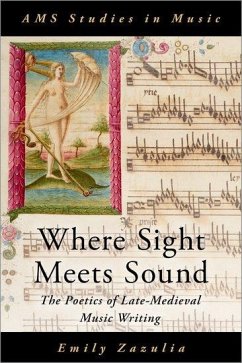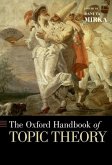Late-medieval composers delighted in complicating the relationship between their music's written and sung forms, often tasking singers with reading their music in unusual ways-from slowing down a melodic line, to turning it backwards or upside down, even omitting certain notes or rests. These manipulations increasingly yielded music that was aurally all but unrecognizable as a derivative of the notated original. This book uses these unorthodox applications of notation to understand how late-medieval composers thought about the tool of musical notation. It argues that these compositions foreground notation in ways that resonate with discourses about media and technology today.








